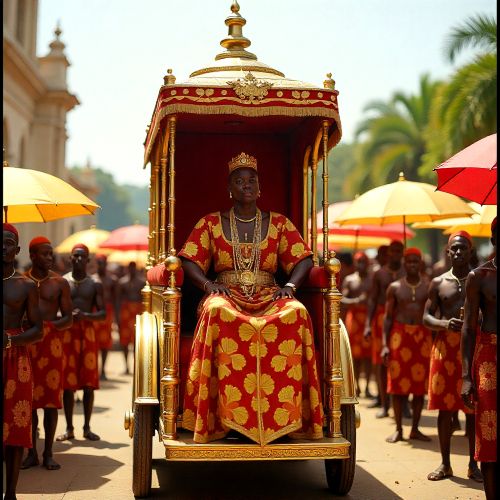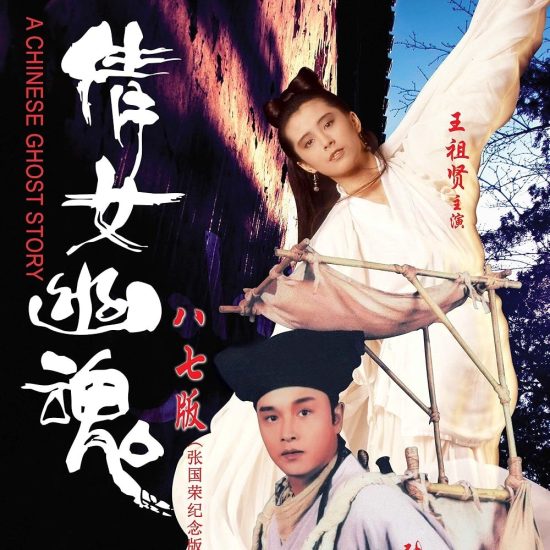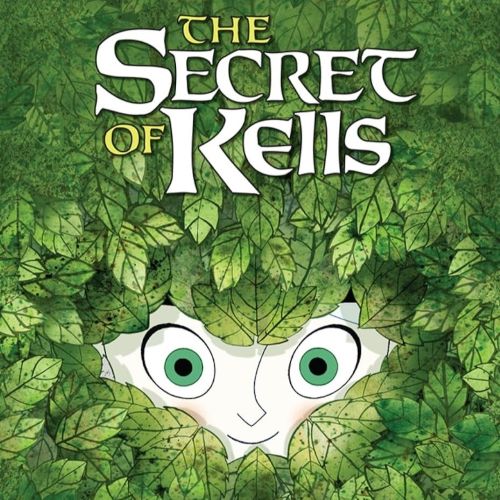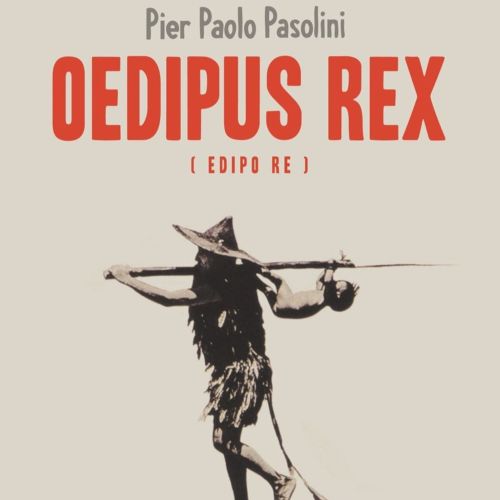Kirikou and the Sorceress (1998)
| Description | |
|---|---|
| Country of Origin | France |
| Language | French |
| Genre | Animated |
| Cast | Doudou Gueye Thiaw, Maimouna N’Diaye, Awa Sène Sarr |
| Directed by | Michel Ocelot |
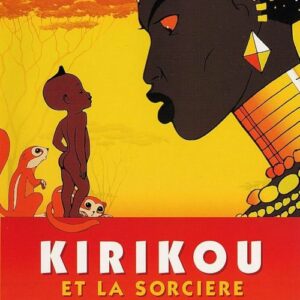
Kirikou and the Sorceress is a 1998 animated film directed by Michel Ocelot, widely acclaimed for its deep roots in West African mythology and its visually captivating storytelling. Though not a Mexican film, it has found resonance with audiences around the world, including Mexico, where the appreciation for myth, folklore, and oral tradition runs deep. The film tells the story of a newborn boy, Kirikou, who comes into the world walking, talking, and determined to free his village from the grip of a feared sorceress named Karaba. What follows is not just a heroic adventure, but a deeply mythological narrative layered with symbolism, spiritual themes, and ancient archetypes.
At the center of the film is Kirikou himself, who embodies the classic child-hero archetype found in many world mythologies. His precocious wisdom and moral courage set him apart from the fearful adults around him. As he embarks on his quest to confront Karaba, he traverses both the physical and metaphysical realms, seeking not to destroy his enemy but to understand her. This approach reveals a core mythological theme: the hero’s journey is not always about victory through violence but often about enlightenment through empathy and discovery. Kirikou’s journey mirrors elements of the hero’s path seen in global mythology, including those of Mesoamerican origin, where divine children like Huitzilopochtli emerge to defeat darkness through divine insight and bravery.
Karaba the Sorceress is a fascinating figure in the mythological tradition, standing at the intersection of fear and reverence. At first glance, she appears to be a classic villain: commanding an army of mystical fetishes, inflicting drought upon the land, and blamed for the disappearance of the village’s men. However, as Kirikou uncovers her hidden pain—a poisoned thorn embedded in her spine—it becomes clear that Karaba’s power is rooted in suffering, not malice. This revelation reframes her as a mythic guardian of suppressed truth, much like other misunderstood figures in ancient mythologies, including Tlazōlteōtl from Aztec belief, who embodies both sin and purification. The film thus invites a deeper examination of so-called villains in mythology, revealing that they often hold transformative knowledge behind their terrifying façades.
The visual storytelling in Kirikou and the Sorceress further enhances its mythological weight. Every frame is rich in color, pattern, and symbolism, evoking the vibrancy of African art and the sacredness of the natural world. Animals, plants, and elemental forces are not merely background; they are characters with agency, part of the animistic worldview that is central to both African and many indigenous American traditions. The earth, water, and fire respond to Kirikou’s presence, making the environment a dynamic participant in his quest. In one of the film’s most symbolic sequences, Kirikou descends into the underworld to meet his wise grandfather, echoing the universal mythological motif of the hero’s descent into the realm of hidden knowledge—a journey that brings wisdom to both the self and the community.
The film also reflects a profound respect for oral storytelling traditions. Based on authentic folk tales from West Africa, the narrative structure is cyclical, intimate, and driven by moral discovery rather than linear conflict. This mirrors how stories have been passed down through generations in many cultures, including indigenous Mesoamerican communities. By staying true to this format, the film not only entertains but preserves the essence of myth as a living, evolving form of cultural memory. This authenticity has likely contributed to the film’s international appeal and its place in global conversations about mythology in modern media.
Despite being crafted from the oral traditions of Senegal and Mali, Kirikou and the Sorceress has universal appeal because of its mythological grounding. Its themes—confronting fear, seeking truth, understanding the roots of suffering—are as relevant in African villages as they are in the jungles of southern Mexico or the deserts of the Sonoran people. The story resonates because it speaks to the human condition through the language of myth, where a child can be a hero, and a feared sorceress can become a symbol of healing and redemption. It is precisely this cultural interconnectedness that allows a West African myth to feel familiar and powerful even to audiences steeped in entirely different traditions.
In conclusion, Kirikou and the Sorceress stands as a mythological triumph in animation—beautifully crafted, narratively rich, and spiritually profound. Though often misattributed as a Mexican film, it bridges continents through its universal mythic themes and respect for traditional storytelling. For viewers interested in mythology, folklore, and cultural symbolism, it offers an unforgettable journey into the heart of one of humanity’s oldest art forms: the myth.



